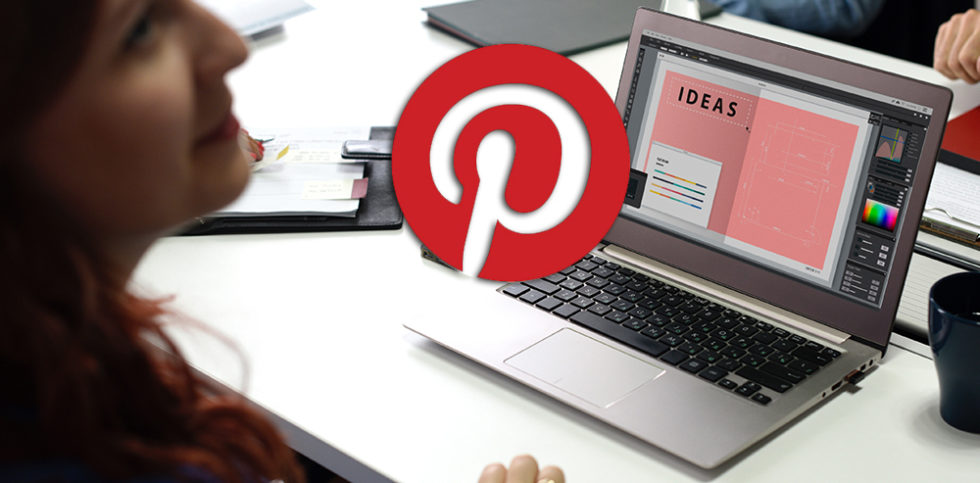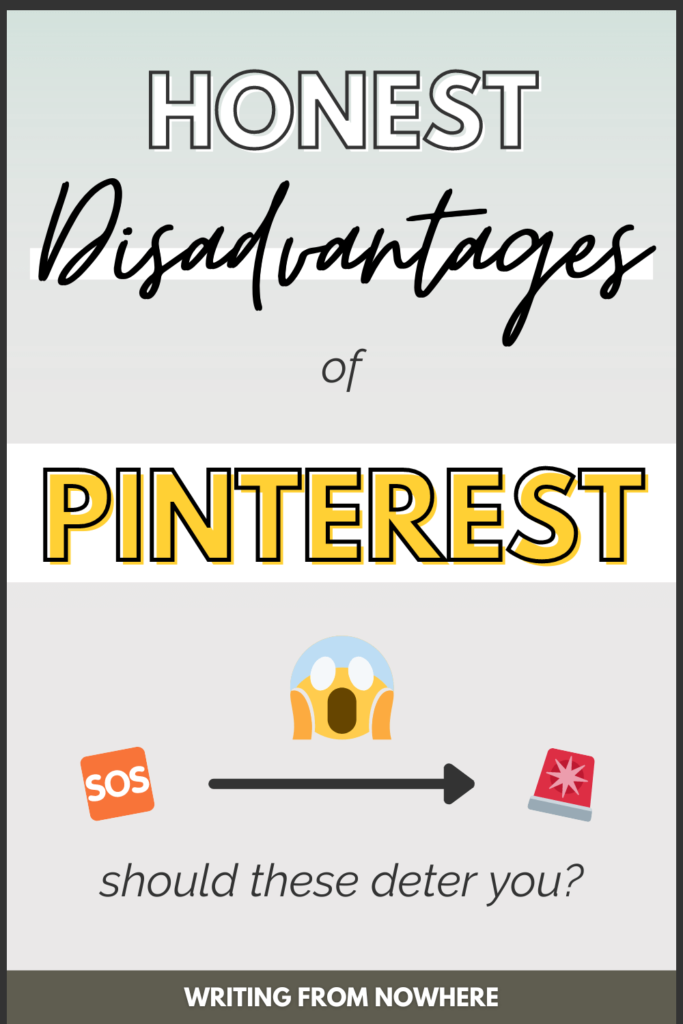Social media platforms enable users to set up profiles, communicate with friends, family, and coworkers, and exchange various types of content, including text, images, videos, and links. Social media has transformed how we communicate, access information, and develop relationships in both the personal and professional domains. There are various social media platforms such as Facebook, Instagram, Youtube, and Twitter. But I began using Twitter in this class. I didn’t want to use Twitter since I’ve never felt completely comfortable with it. Facebook and Instagram are two platforms I am familiar with. Prior to this class, I had some experience using Twitter. In the year 2021, when I was in India, I made an account on Twitter. I wanted to get in touch with Scotia Bank about concerns with my account. I looked online and discovered that Twitter, rather than the phone, is the best way to get in touch with them. I started exploring Twitter only for this class and now my thinking is changed I think that Twitter has many benefits.
Twitter in my Future Classroom
Twitter has become a potent tool for educators, students, and professionals to improve learning, collaboration, and professional development in education. Twitter presents distinctive chances for educational engagement and information

sharing due to its real-time communication and international reach. Twitter would change my classroom into a lively, participatory learning space. There are various different ways to use Twitter in the classroom. During class or as part of homework projects, students would have the chance to participate in live discussions and express their ideas, questions, and thoughts. This would encourage students to participate actively, think critically, and express themselves clearly within the platform’s character limit. Additionally, Twitter would be an effective platform for distributing resources. To provide my students with a wide variety of information, I could compile a list of educational accounts and hashtags that relate to the subjects I teach. I am a science teacher, and in the future, Twitter can assist my students in staying current on the most recent scientific news and findings. Students can acquire brief summaries or links to in-depth pieces by following reliable science news sources or scholarly journals. This promotes a deeper awareness of the scientific community by keeping them up to date on innovations, cutting-edge technologies, and ongoing research. In order to build a collaborative knowledge repository, students could also add to the shared resource pool by suggesting worthwhile material they come across.
Twitter as a professional development tool
In the future, Twitter could be a very useful tool for my professional development. I can grow my professional network, have access to a variety of information and perspectives, and keep up with the most recent developments in education by participating actively in the Twitter educational community. I may make connections with like-minded educators, and subject matter experts in my sector, creating a network of individuals with like objectives.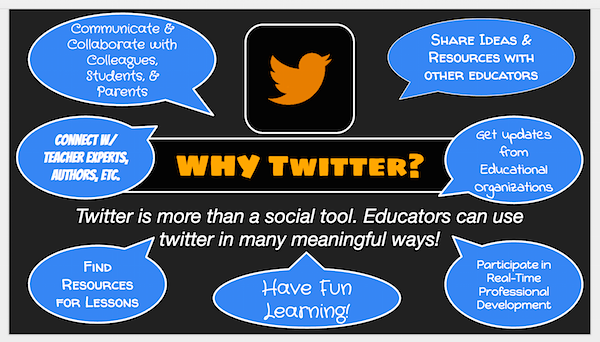 Through Twitter, I can participate in debates, pose inquiries, and look for direction from knowledgeable educators who can provide insightful viewpoints. I could raise my profile and add to the conversation on education thanks to Twitter’s format. I might reach a larger group of educators who would gain from my insights by sharing my experiences, cutting-edge techniques, and teaching comments. In addition to inspiring and motivating others in the field, this would promote a culture of sharing and collaboration.
Through Twitter, I can participate in debates, pose inquiries, and look for direction from knowledgeable educators who can provide insightful viewpoints. I could raise my profile and add to the conversation on education thanks to Twitter’s format. I might reach a larger group of educators who would gain from my insights by sharing my experiences, cutting-edge techniques, and teaching comments. In addition to inspiring and motivating others in the field, this would promote a culture of sharing and collaboration.
Advantages and disadvantages of Twitter
I had no prior knowledge about Twitter accounts because I wasn’t familiar with them and didn’t use them frequently, but after taking this class, I believe that Twitter has numerous advantages.  since it makes real-time communication and information sharing possible. Staying informed and connected can benefit from Twitter’s capacity to give quick updates on news, events, and trends. For my career advancement, Twitter can be a helpful resource. It gives users access to a wide selection of scholarly works, conversations, and learning resources. I can broaden my knowledge, discover new teaching methods, and receive insights from peers and professionals by taking part in educational conversations, following pertinent hashtags, and interacting with thought leaders.
since it makes real-time communication and information sharing possible. Staying informed and connected can benefit from Twitter’s capacity to give quick updates on news, events, and trends. For my career advancement, Twitter can be a helpful resource. It gives users access to a wide selection of scholarly works, conversations, and learning resources. I can broaden my knowledge, discover new teaching methods, and receive insights from peers and professionals by taking part in educational conversations, following pertinent hashtags, and interacting with thought leaders.
The fact that Twitter is a public platform and tweets can be seen by anybody is one of the main reasons I hesitate to use it. I worry about privacy and might be reluctant to share personal information or participate in open discussions.  Anyone can publish information on Twitter due to its open nature, which raises the possibility of running across false or misleading information. On Twitter, there is a never-ending stream of tweets, and there is a tonne of information available. Finding pertinent and accurate content might be difficult when there is so much noise. As a result, it could be challenging to concentrate on particular debates or topics and experience information overload.
Anyone can publish information on Twitter due to its open nature, which raises the possibility of running across false or misleading information. On Twitter, there is a never-ending stream of tweets, and there is a tonne of information available. Finding pertinent and accurate content might be difficult when there is so much noise. As a result, it could be challenging to concentrate on particular debates or topics and experience information overload.
I believe that Twitter is the best information source. Before this class, I didn’t regularly use Twitter, but once Dr. Katia created a group and all of my classmates started sharing news stories about education technology and other topics, I decided to give it a try. For its communication possibilities, networking chances, real-time information, and advantages for professional development, I believe that Twitter is the greatest platform.

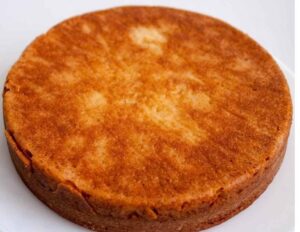

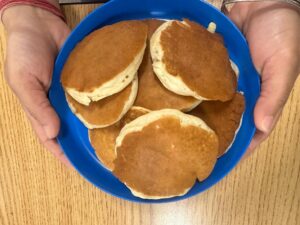
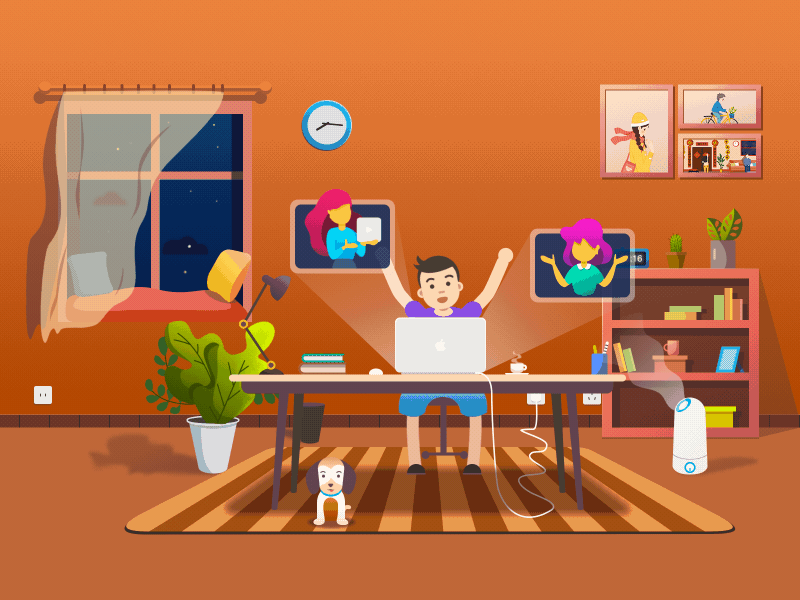
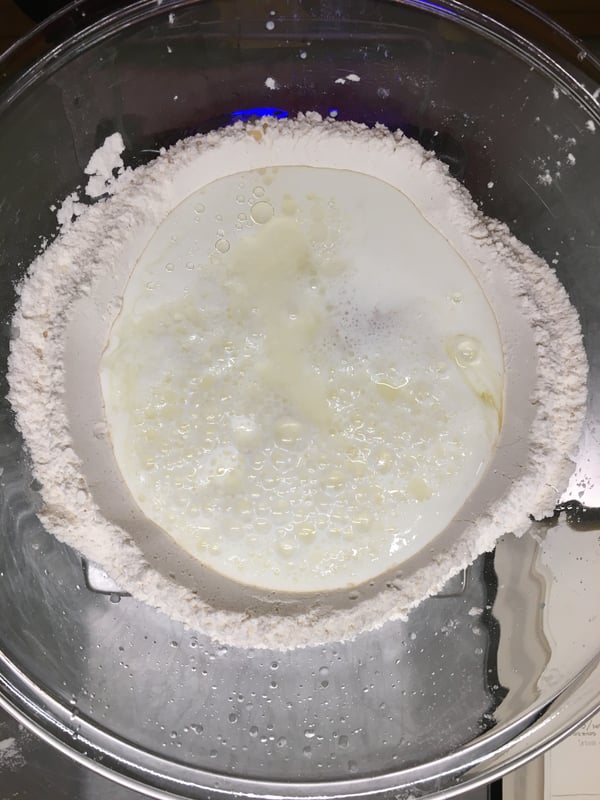 I added the buttermilk vegetable oil and vanilla extract to another bowl and whisked the ingredients until the mixture was smooth. After that, I carefully added the wet components to the bowl of dry ingredients and stirred them just long enough to incorporate them.
I added the buttermilk vegetable oil and vanilla extract to another bowl and whisked the ingredients until the mixture was smooth. After that, I carefully added the wet components to the bowl of dry ingredients and stirred them just long enough to incorporate them.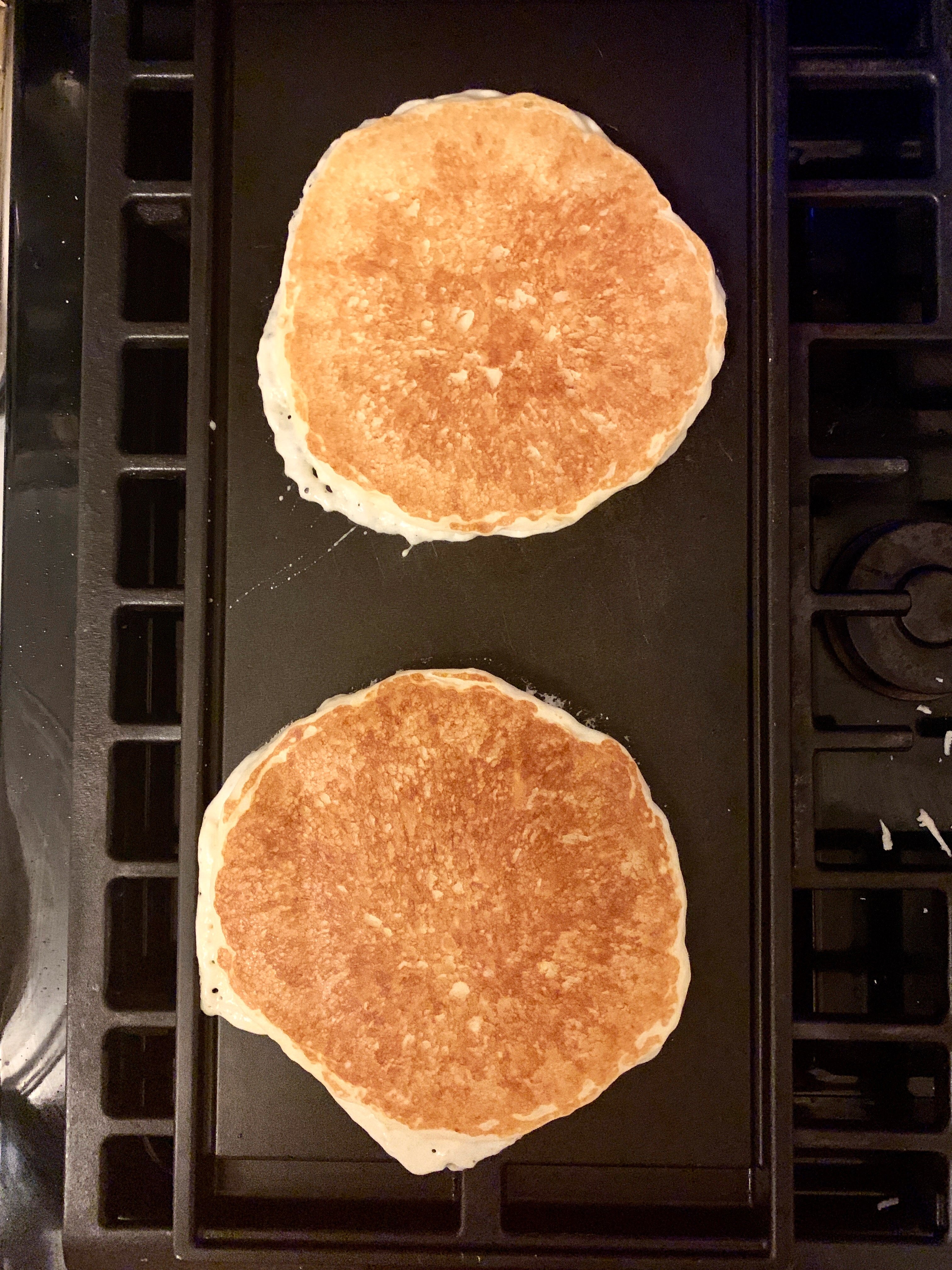 As the pancakes cooked, I moved them to a serving plate and wrapped a kitchen towel around them to keep them warm. I discovered that this step was essential from the youtube channel in order to make sure that all of the pancakes kept moist and maintained their heat while I cooked the remaining batter.
As the pancakes cooked, I moved them to a serving plate and wrapped a kitchen towel around them to keep them warm. I discovered that this step was essential from the youtube channel in order to make sure that all of the pancakes kept moist and maintained their heat while I cooked the remaining batter.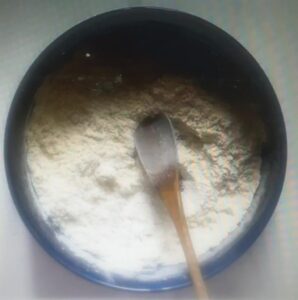
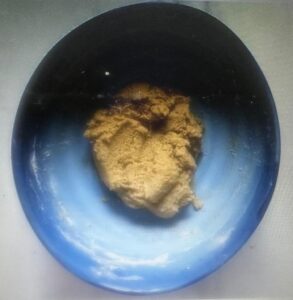
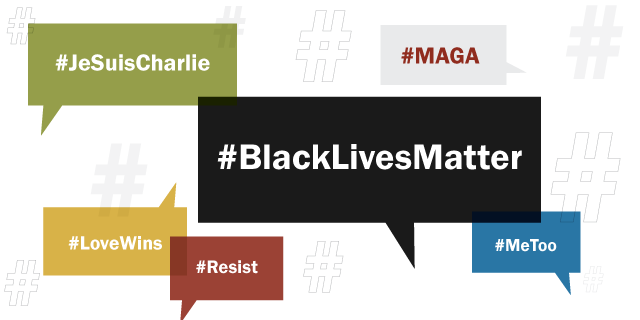
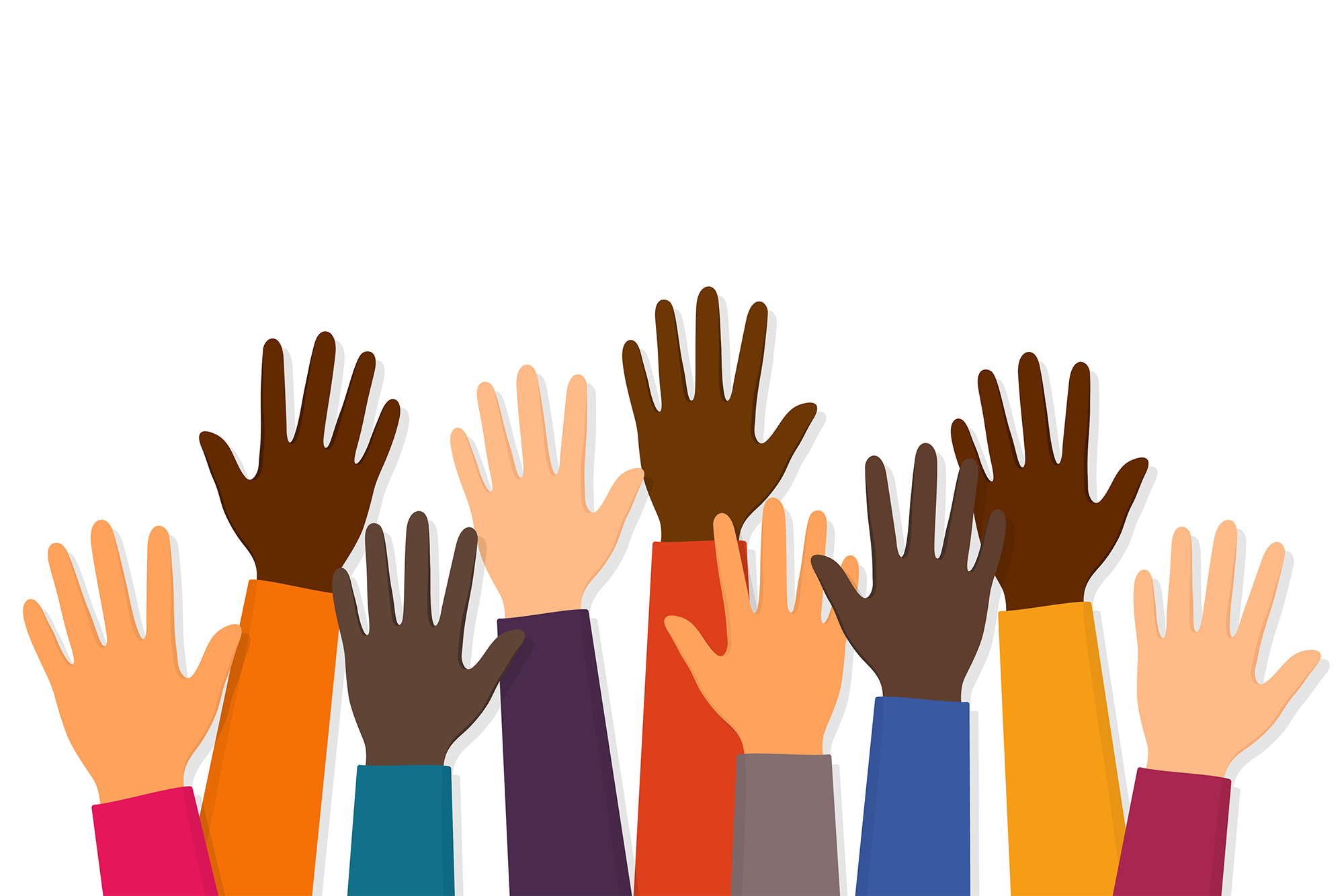 However, it is crucial to be aware of the possible difficulties and drawbacks of participating in social justice discussions online. Effective communication can be hindered by anonymity, a lack of nonverbal indicators, and face-to-face engagement. Misunderstandings, incorrect interpretations, and even dislike may result from these variables. Online social justice debates can be successful if participants approach them with an open mind, respect for opposing points of view, and a desire to learn from others. To promote understanding and meaningful participation, it is essential to practice active listening, empathy, and polite discussion. Using reliable sources, and supporting claims with data, and stereotypes are crucial. In addition to ensuring that participants are informed, this helps maintain the conversation’s integrity.
However, it is crucial to be aware of the possible difficulties and drawbacks of participating in social justice discussions online. Effective communication can be hindered by anonymity, a lack of nonverbal indicators, and face-to-face engagement. Misunderstandings, incorrect interpretations, and even dislike may result from these variables. Online social justice debates can be successful if participants approach them with an open mind, respect for opposing points of view, and a desire to learn from others. To promote understanding and meaningful participation, it is essential to practice active listening, empathy, and polite discussion. Using reliable sources, and supporting claims with data, and stereotypes are crucial. In addition to ensuring that participants are informed, this helps maintain the conversation’s integrity.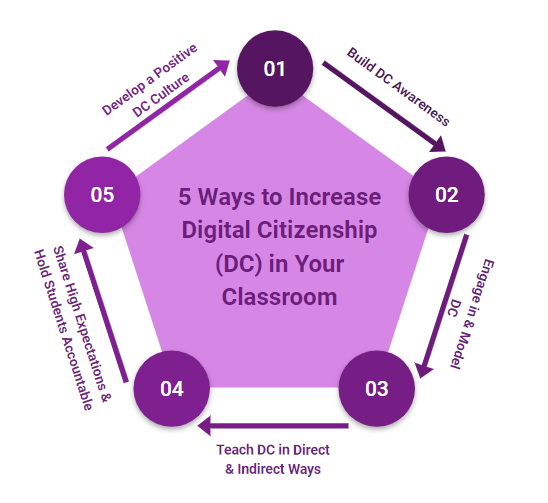 Children may be motivated to adopt these behaviors by seeing us use social media responsibly, behave appropriately online, and evaluate material critically. Additionally, we should actively participate in online discussions about social justice and equity. We demonstrate our dedication to tackling societal challenges and encouraging good change by sharing appropriate resources, taking part in online initiatives, and elevating marginalized voices. As educators, we are all aware that actions speak louder than words. By serving as an online role model for active citizenship, we encourage and teach our students to develop into responsible digital citizens who make worthwhile contributions to society and thoughtful choices in their online interactions.
Children may be motivated to adopt these behaviors by seeing us use social media responsibly, behave appropriately online, and evaluate material critically. Additionally, we should actively participate in online discussions about social justice and equity. We demonstrate our dedication to tackling societal challenges and encouraging good change by sharing appropriate resources, taking part in online initiatives, and elevating marginalized voices. As educators, we are all aware that actions speak louder than words. By serving as an online role model for active citizenship, we encourage and teach our students to develop into responsible digital citizens who make worthwhile contributions to society and thoughtful choices in their online interactions.
 Through Twitter, I can participate in debates, pose inquiries, and look for direction from knowledgeable educators who can provide insightful viewpoints. I could raise my profile and add to the conversation on education thanks to Twitter’s format. I might reach a larger group of educators who would gain from my insights by sharing my experiences, cutting-edge techniques, and teaching comments. In addition to inspiring and motivating others in the field, this would promote a culture of sharing and collaboration.
Through Twitter, I can participate in debates, pose inquiries, and look for direction from knowledgeable educators who can provide insightful viewpoints. I could raise my profile and add to the conversation on education thanks to Twitter’s format. I might reach a larger group of educators who would gain from my insights by sharing my experiences, cutting-edge techniques, and teaching comments. In addition to inspiring and motivating others in the field, this would promote a culture of sharing and collaboration.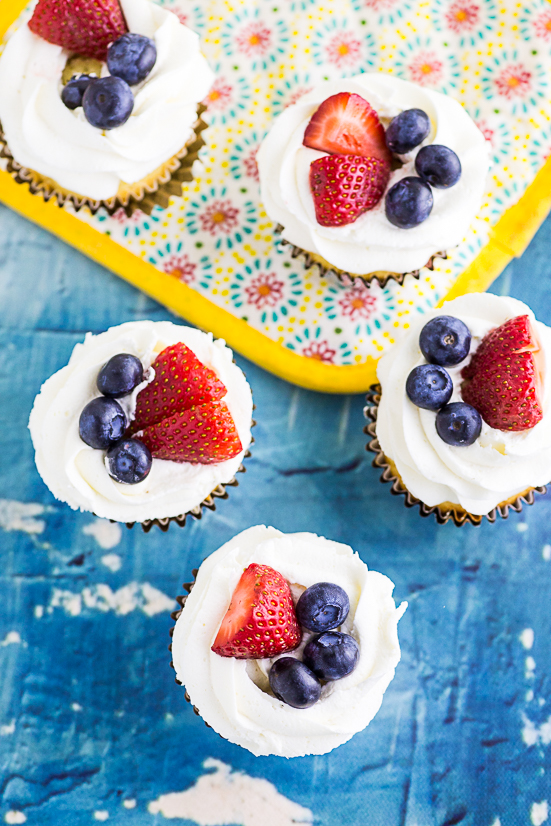

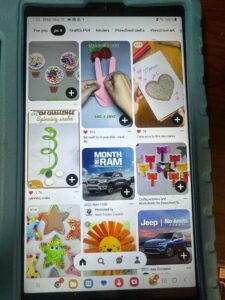 I use it frequently because every week at the preschool I have a planning day where I look for fine motor, gross motor, and art activities. I regularly store photos and videos on my PlayStation 4 of various activities. I can quickly search Pinterest for ideas when planning activities. Moreover, exploring new things is just part of being human, especially for students. Their creative imaginations cannot stop wondering what it will be like to experience
I use it frequently because every week at the preschool I have a planning day where I look for fine motor, gross motor, and art activities. I regularly store photos and videos on my PlayStation 4 of various activities. I can quickly search Pinterest for ideas when planning activities. Moreover, exploring new things is just part of being human, especially for students. Their creative imaginations cannot stop wondering what it will be like to experience unfamiliar surroundings. The Pinterest platform is frequently chosen by students when they are bored or look for art exhibits or creative stuff online. Children frequently use Pinterest to gain insight into their various projects, making it a crucial platform that has gained universal appeal. Sharing photos on Pinterest is one of its key features, which could help kids find new works of art or other information that relates to their particular interests.
unfamiliar surroundings. The Pinterest platform is frequently chosen by students when they are bored or look for art exhibits or creative stuff online. Children frequently use Pinterest to gain insight into their various projects, making it a crucial platform that has gained universal appeal. Sharing photos on Pinterest is one of its key features, which could help kids find new works of art or other information that relates to their particular interests.